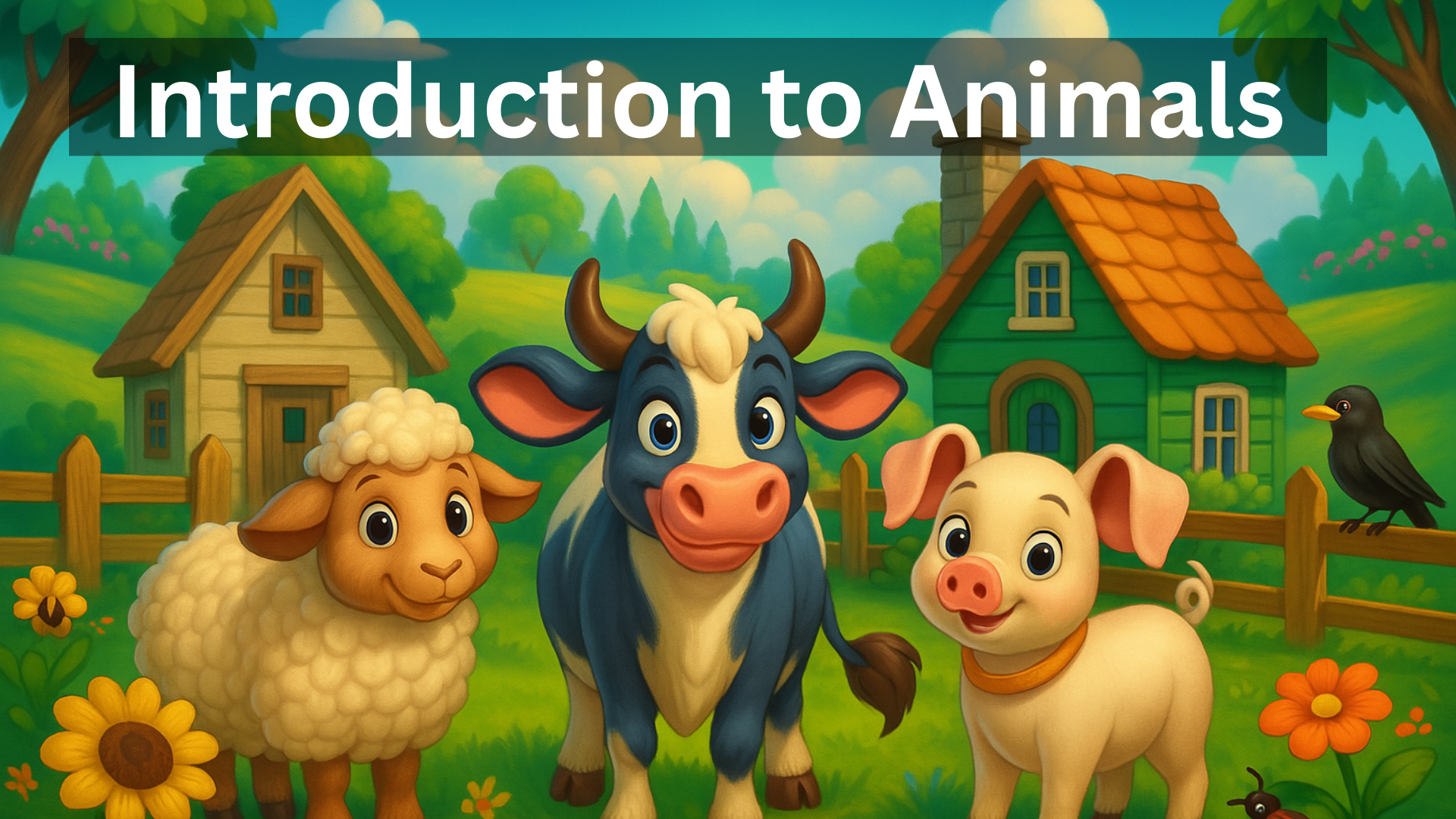Hello, dear students! Today, we’re going on a fun adventure to explore the wonderful world of animals that live right in our neighborhood. I’m so excited to share with you the amazing creatures you’ll see every day—birds, insects, and even some crawling animals!
Discovering Our Local Friends
Have you ever stopped to look at the birds flying in the sky? They have beautiful wings and strong beaks that help them eat and sing lovely songs. Isn’t that amazing? These birds are a very important part of nature, and by watching them, we learn how special our environment truly is.
Now, let’s talk about insects. You might notice tiny creatures like mosquitoes, ants, and cockroaches scurrying around. Although they are small, insects have a big role in nature. They have six legs and sometimes even tiny feelers to help them sense their world. Isn’t it interesting how every little insect moves in its own unique way?
What about crawling animals? Think of animals like snakes that slither along the ground. Each of these creatures has its own style of moving, whether it’s crawling, flying, or walking. By observing them, we can learn a lot about how nature adapts to different places and ways of life.
Learning with Our Senses
As we explore, always use your eyes and ears to notice all the details:
- Birds: Look at their colorful feathers, listen to their chirps, and notice how they fly.
- Insects: Observe their quick movements and tiny legs. Sometimes, you might even see them busy at work!
- Crawling animals: Watch how they move slowly and steadily. Each creature has a unique way of getting around.
Remember, nature is full of surprises, and every animal has a special story to tell. If you ever feel curious or confused, don’t hesitate to ask questions—learning is a journey we all share.
FAQs
Q: What exactly is an animal?
A: Animals are living creatures that we see around us, from the tiny ants to the chirpy birds and even us humans!
Q: What makes birds so unique?
A: Birds are unique because they have wings and beaks. They can fly, and many of them sing beautiful songs that make our days brighter.
Q: Are insects really considered animals?
A: Yes, insects are a type of animal. Even though they are small, they play important roles in our ecosystem by helping with pollination and cleaning up nature.
Q: How can I easily recognize different animals in my area?
A: By taking a moment to look around your home, school, or park, you can notice various animals. Listen to the sounds they make and observe how they move—each one is special in its own way.
Q: Why do animals move in such different ways?
A: Each animal has a unique body that suits its way of life. Some crawl, some walk, some swim, and others fly. This diversity helps them survive in their specific habitats.
Take assessment:
1. Multiple Choice Questions (MCQs)
- Example:
Which animal can fly?
A) Bird
B) Snake
C) Ant
D) Cockroach - Purpose: Helps students select the correct answer and reinforces key facts from the lesson.
2. Fill in the Blanks
- Example:
Birds have ______ and ______. - Purpose: Encourages recall of important details (like beaks and wings) in a fun, incomplete-sentence format.
3. True or False
- Example: A snake crawls on the ground. (True/False)
- Purpose: Tests basic understanding in a simple format that’s easy to answer quickly.
4. Matching Type Questions
- Example:
Match the animal with the way it moves:
- Bird
- Snake
- Ant
- Cockroach
- Options:
- Flies
- Crawls
- Walks
- Purpose: Reinforces associations between animals and their movements, encouraging careful observation.
5. Short Answer/Descriptive Questions
- Example: Describe how you see birds moving in your neighborhood. What do you notice about their wings?
- Purpose: Allows children to express their observations in their own words and develop descriptive language skills.
6. Open-Ended Questions
- Example: Which animal is your favourite? Tell me why you like it and what makes it special.
- Purpose: Encourages creative thinking and personal expression while connecting lessons to the child’s own experiences.
7. Picture-Based Questions
- Example: Look at this picture of an animal. What is its name? What features help you identify it?
- Purpose: Promotes visual recognition and observation skills. You can use images from the lesson or from the local environment.
8. Ordering or Sequencing Questions
- Example: Arrange these animals in order of how they move: a bird (flies), a snake (crawls), and an ant (walks).
- Purpose: Helps students think about categorization and logical ordering based on the lesson content.
9. Classification or Grouping Tasks
- Example: Group these animals into categories: flying animals, crawling animals, and walking animals.
- Purpose: Enhances understanding of similarities and differences among animals, and reinforces categorization skills.
10. Observation-Based Questions
- Example: After spending some time outside, list three animals you saw. What did they do that was interesting?
- Purpose: Connects classroom learning with real-life observation, making the lesson practical and engaging.
11. Diagram Labelling
- Example: Label the parts of a bird in this diagram (e.g., beak, wings, tail).
- Purpose: Reinforces vocabulary and helps students learn about the anatomy of animals in a visual way

